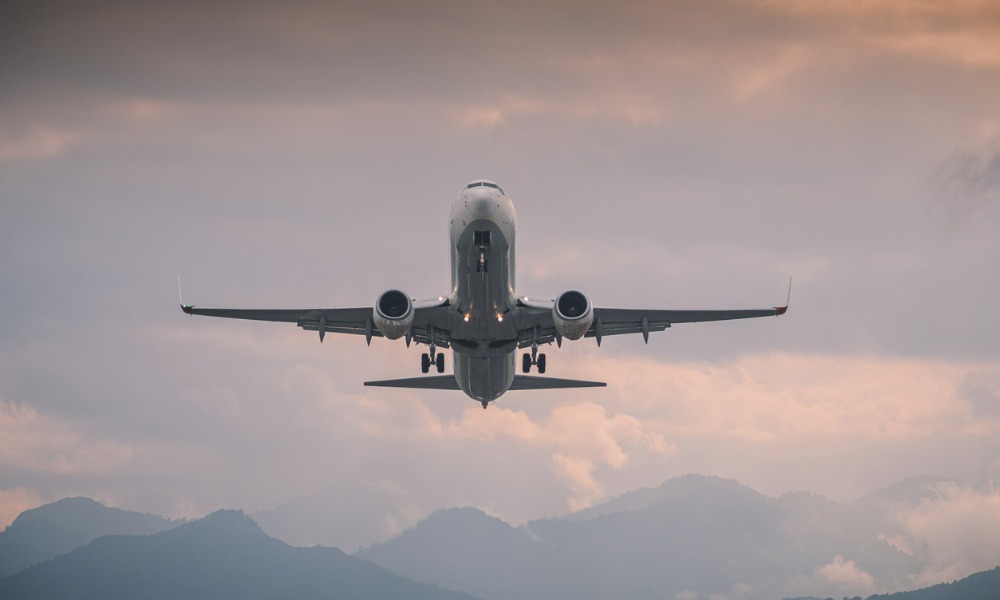Aerial work is a regulated commercial activity in Canada, and an important law for its operators are the Canadian Aviation Regulations 702. These regulations ensure that their aircraft are properly maintained and that operators are licensed, all for the safety of their passengers, goods, and the public.
What is the Canadian Aviation Regulations 702?
The Canadian Aviation Regulations 702 (CARs 702) is a subpart of the Canadian Aviation Regulations (CARs) which regulates commercial air services. CARs are the regulations enacted through the Aeronautics Act. The CARs and the Act are part of the country’s federal laws regulating civil aviation, including its operators, and its other aspects.
These regulations are important for an operator’s licensing process, including its crew, and even the operation of the aircraft itself. For this, Canadian Aviation Regulations 702 is one of the requirements that air operators, aerial work operators in particular, must comply with.
Pilots, are you looking for a list of the Canadian Aviation Regulations (CARs)? Check out our quick reference guide: https://t.co/KJMY9I5BuO #AvGeek pic.twitter.com/mZ3fCnT1eF
— Transport Canada (@Transport_gc) October 2, 2021
If you’re an airline operator in Montréal, reach out to Lexpert-ranked best aviation lawyers in Québec for more information about the Canadian Aviation Regulations 702.
What is a 702 operator in Canada?
A 702 operator (or a Canadian Aviation Regulations 702 operator) is sometimes referred as an aerial work operator. You’re considered a 702 operator if your job is to do a specific task through airplanes or helicopters, other than for air transport services or flight training services, such as:
- carriage of passengers other than flight crew members
- carriage of helicopter Class B, C or D external loads
- towing of objects
- dispersal of products
Here are some examples of regulated aerial work under the Canadian Aviation Regulations 702:
- dispersal of products for:
- aerial spraying
- fire fighting
- forest fire management
- exception: forestry
- carriage of external loads for:
- aerial construction
- aerial mapping
- aerial surveying
- forest fire management
If you’re undertaking any of these commercial services, you're considered a 702 operator or an aerial work operator. You’ll then have to follow the rules set by the Canadian Aviation Regulations 702, aside from other regulations on civil aviation in Canada.
Aerial work vs. air transport services, flight training services
Aerial work must be clearly distinguished from air transport services and flight training services.
The Canadian Aviation Regulations define air transport services as the commercial air service used to transport persons, personal belongings, baggage, goods, or cargo in an aircraft between two points. Air transport services is a broad term, which can refer to any of the following:
703 carriers
air taxi operators, such as single-engine aircraft or multi-engine aircrafts (except for turbo-jet-powered planes) with a maximum takeoff weight of 19,000 pounds or less, and with a seating capacity of nine passengers or less
704 operators
Commuter operators, such as:
- multi-engine aircrafts with a takeoff weight of 19,000 pounds or more, and a seating capacity of 10 to 19 passengers
- turbo-jet-powered airplanes with a maximum zero-fuel weight of 50,000 pounds, and carrying 19 passengers or less
- multi-engine helicopters with a seating capacity of 10 to 19 passengers, unless operated under visual flight rules by one pilot
705 operators
Authorized airline operators that have:
- aircraft with a takeoff weight of more than 19,000 pounds or a Canadian certificate authorizing the transport of 20 passengers or more
- helicopters with a seating capacity of 20 passengers or more
Flight training service is defined by CARs as the commercial air service used to conduct flight training. They are also called as 406 operators, referring to the Canadian Aviation Regulations 406 on flight training units.
What are the rules under Canadian Aviation Regulations 702?
The CARs 702 state that operating an aircraft for aerial work requires the necessary air operator certificate, which is issued by the Minister of Transport. You must then follow the conditions and operations specifications shown in your certificate. You’ll also have to follow the other CARs 702 rules to maintain your operations.
Below are the basic requirements under the CARs 702:
Air operator certificate
Just like other operators, an air operator certificate is required if you’re a 702 operator or an aerial work operator. Under the CARs 702, Transport Canada will issue you an air operator certificate if you can show that you:
- have an adequate organizational structure
- can maintain an operational control system
- meet training program requirements
- can meet maintenance requirements
- meet the Commercial Air Service Standards (CASS)
- can conduct the operation safely
Carriage of persons during aerial work
Canadian Aviation Regulations 702 covers the carriage of persons during aerial work operations. It provides that only the following persons can be carried in an aerial work operation:
- flight crew members, including flight crew member trainees, essential person trainees, and aircraft maintenance technicians
- people who are essential to the aerial work during the flight (by essential, it means that without them the aerial work would be impossible)
- parachutists as allowed and indicated in the air operator certificate (here, no specific approval is required)
- other persons when a specific approval is issued (e.g., persons required for a wildfire operation as determined by a fire control authority)
Personnel requirements
Canadian Aviation Regulations 702 lists many requirements for the crew and personnel of aerial work operators. Flight crew members must:
- be holders of the licences and ratings required by the CARs
- complete competency checks or pilot proficiency checks, as the case may be
- fulfill the requirements of the air operator’s ground and flight training program
Limitations and rest periods
Lastly, Canadian Aviation Regulations 702 provides for certain restrictions on flight time, flight duty period and rest periods. In relation to this, air operators must have a monitoring system, which must also be explained in the company operations manual.
As for the specific periods, here’s an example of the maximum flight time of a flight crew member:
- 1,200 hours for 365 consecutive days
- 300 hours for 90 consecutive days
- 120 hours for 30 consecutive days
- 100 hours for 30 consecutive days, in the case of an on-call flight crew member
- 60 hours for 7 consecutive days
For more information on the Canadian Aviation Regulations 702, consult with the best aviation lawyers in Canada as ranked by Lexpert.
Related Articles:
Air transport regulation: Canadian aviation laws to know
A guide to Canadian Aviation Regulations 703
Canadian Aviation Regulations 704: a quick guide for air operators
Canadian Aviation Regulations 705: the basics for airline operators
Canadian Aviation Regulations: A Guide on Laws
What is Aviation law in Canada?
The basics of Canada’s civil aviation regulation





